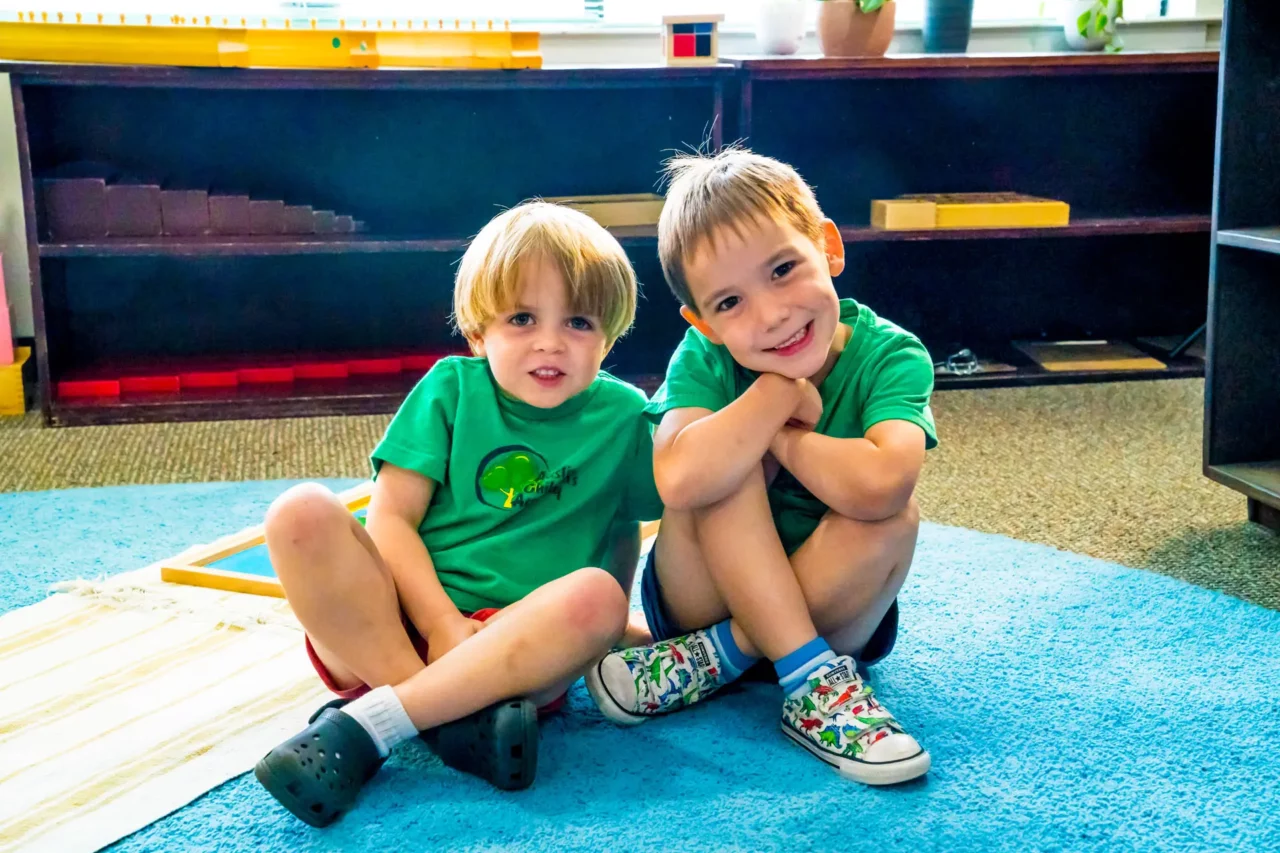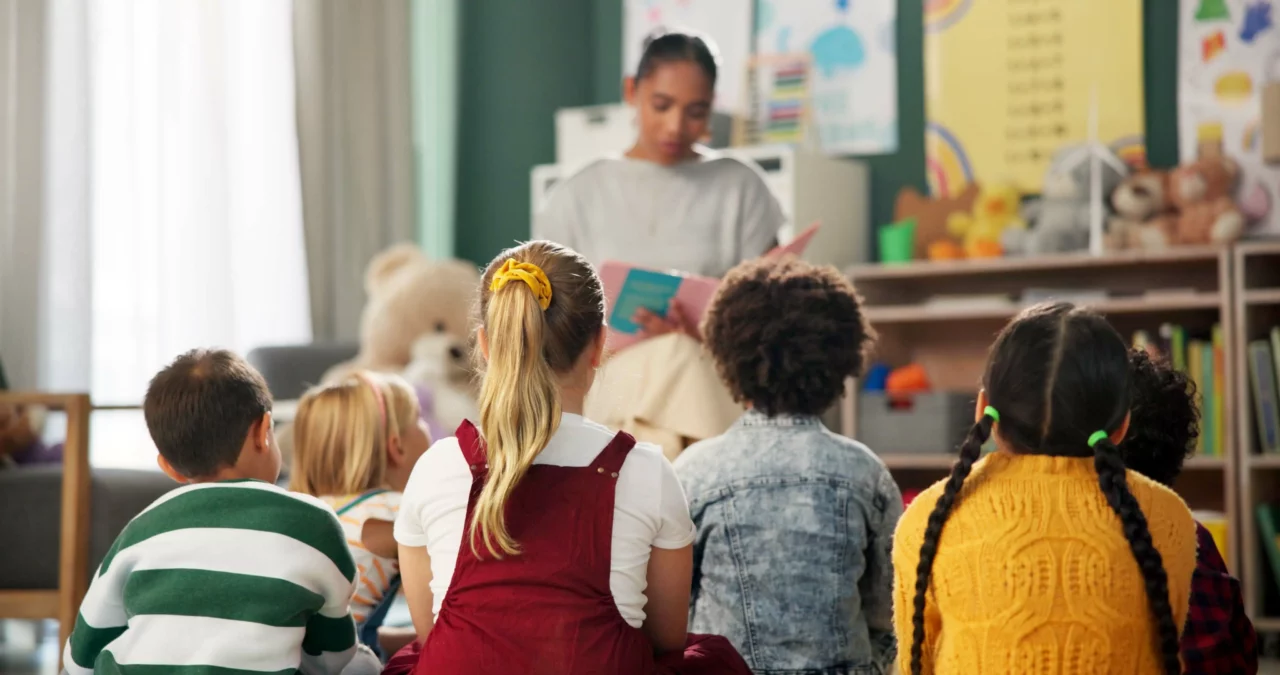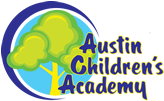
How much do you know about the Montessori Method? Whether you’re new to the Montessori method or have enrolled your child in a Montessori school since they were very young, some of the facts on this list might surprise you.
1) The Montessori Method Is Over 100 Years Old
Maria Montessori opened her first school for children in 1907. Called the Casa de Bambini, or the Children’s House, this educational facility was one of the first to teach each child based on their individual skill levels and personal talents.
2) Montessori Education Was Revived in 1958
Although Montessori education was immediately successful, it fell out of popularity in America towards the end of Dr. Montessori’s life. In 1958, Dr. Nancy McCormik Rambusch founded the Whitby School using the Montessori Method. The teachings were immediately successful, and Montessori schools have been rising in popularity ever since.
3) Montessori Classrooms Have Multi-Ages
If you enter a typical Montessori classroom, you might be surprised to see children learning alongside students either older or younger than them. This is because Montessori schools place children in age groups as much as three years apart. This learning method lets young children learn from older students, and it encourages older students to learn how to teach children who are younger than them.
4) Children Choose Their Own Studies
However, there is a certain format that is used to guide the child with the correct lessons and materials through-out their time in a Montessori classroom. Each lesson builds upon the previous lesson. In addition, many schools do follow a monthly lesson plan. Students are given the freedom to choose their own studies from a set of provided works. This “freedom within limits” philosophy encourages a sense of independence and lets children engage with subjects that truly interest them.
5) Lessons Are Based on Observations
The lessons and materials in a Montessori classroom are far from random. Every Montessori teacher knows how to observe their students and choose lessons that will further their academic success. Plenty of hard work and research goes into this process; but to the student, it might seem like the classroom magically has the very project they wanted to work on next.
6) Teachers Act as Role Models
Maria Montessori believed that children learn both consciously and unconsciously and imitate the behaviors that are presented to them. Teachers spend a significant amount of time with their students; this is why every Montessori teacher takes great care to speak respectfully, show a good work ethic, and provide students with a role model that they can be proud to be like.
7) Students Work Uninterrupted
One of the core features of Montessori education is that students are given large blocks of uninterrupted work time. These “work periods” give students a chance to become fully engaged in an activity without outside distractions. In addition to improving the student experience, this also ensures that the student will know how to engage with and complete real work projects later in life.
8) Grading Is Handled Differently
Most Montessori schools don’t use traditional grading methods. Although some subjects are naturally inclined towards grading – math problems, for example, have a correct answer – Montessori teachers don’t place an emphasis on testing or other standard forms of academic success. Instead, students are encouraged to progress at their own pace and learn the material in a way that works for them.
9) Early Montessori Education Improves Math and Literacy
Children who attend a Montessori preschool have been shown to have better math and literacy scores when they enter elementary school. This early-life advantage helps students get ahead in their classes and stay engaged with their coursework throughout their academic careers.
10) There are 4,500 Montessori School in the United States
There are an estimated 4,500 Montessori schools in the United States. 500 of these are public schools, while the other 4,000 are private and charter institutions. Across the world, there are 20,000 schools spreading Maria Montessori’s teaching method across the globe.
A Montessori education teaches your child how to learn, think, and play. With a focus on individual lessons and real experiences, it’s no surprise that Montessori graduates feel like they can take on the world.





